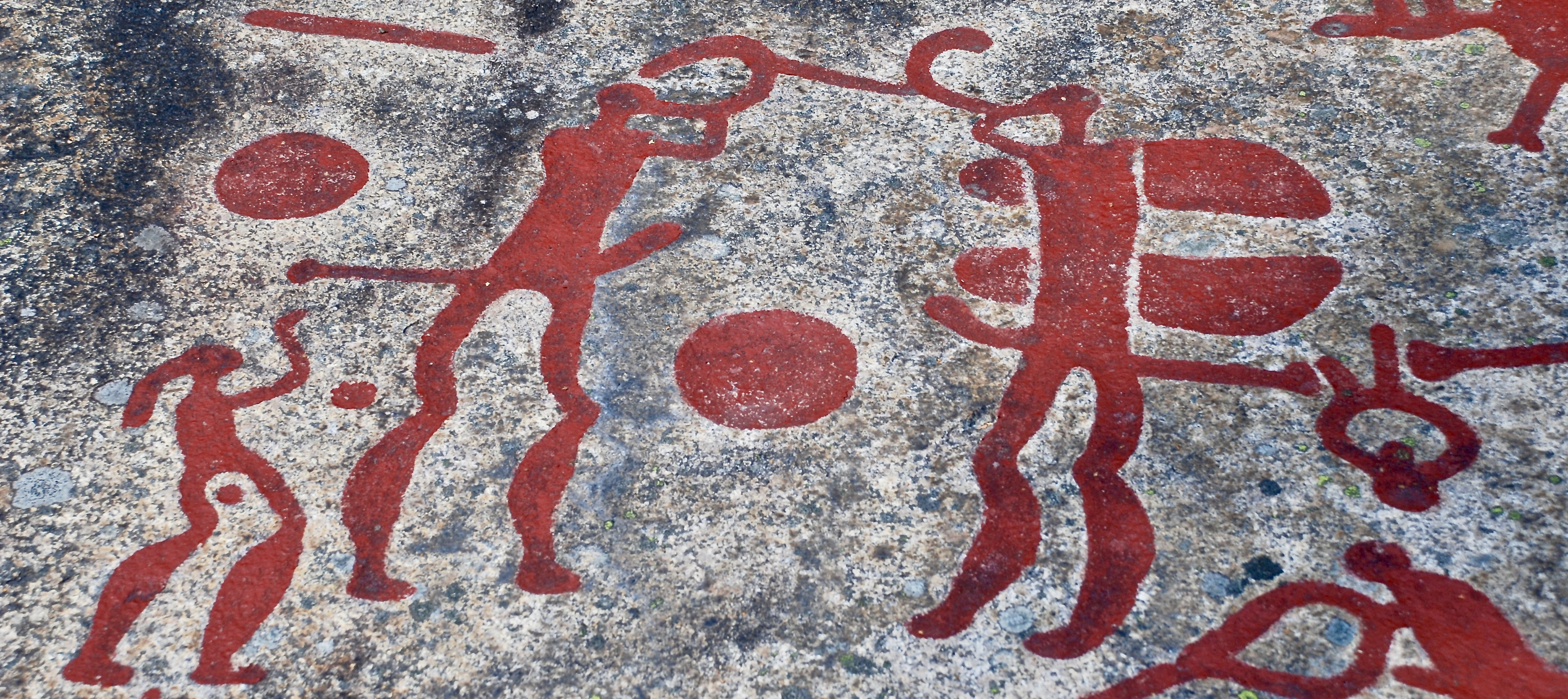The Exiled Tribes
Once the Wyrm Steppes of the continent of Euristan had many towns and settlements, were people from across Kelbonnar who had moved to settle there had managed to make a comfortable and relatively peaceful life for themselves amongst the rolling grasslands. However, this all changed when the Divine War broke out and the Divines began to fight amongst themselves. Although the Wyrm Steppes were not devastated beyond repair as other regions have been, most of the permanent settlements were destroyed as the Divines of the Polephemites and the Astartians and their Celestials forces fought a protracted battle over the area. The peoples who lived in these places, fled for their lives, and as they were ill equipped to deal with the difficult matter of surviving in the Wyrm Steppes, unlike its native Taxidi people, they sought refuge in the sheltered valleys of the Dragons' Tears Mountains.
Since their exodus, few of these people have returned to the ruins of their former homes, and instead the diverse peoples that once populated the Wyrm Steppes' towns and villages have forged a new life for themselves, far removed from the comforts of the lives of their ancestors and are broadly referred to as the Exiled Tribes. In many respects the people of the Exiled Tribes have now become what they most feared, a brutal, hardy force, sculpted by the harshness of the mountains who regularly descend from the Dragons' Tears Mountains to raid an pillage, with their primary targets being the settled communities of the Empire of Turelion's Ferio Province to the east of the mountains. Through these raids they hope to take for themselves the resources that the mountains will not provide them with.
Structure
As the name ‘the Exiled Tribes’ is actually a catch-all term to describe all of the peoples that live amongst the peaks and valleys of the Dragons' Tears Mountains, the tribes themselves are not actually organised into a coherent body, but act independently of each other, with many preserving the bloodlines of the specific towns that their ancestors came from, rather than intermingling with other tribes.
Most tend to operate along autocratic lines, either with a patriarchal, matriarchal or leadership of the strongest style of governance, which is deemed to be more practical for their more rugged lifestyle, but some still maintain more democratic leadership traditions, preserved from their old settled ways.
It is not unheard of for subsets of the Exiled Tribes to band together to tackle a threat that poses a serious risk to the wider area of the Dragons' Tears Mountains, but in general these alliances are difficult to broker and are fragile at best, with most periods of cooperation tending to end once the threat has been dealt with.
Culture
Again, the culture of the Exiled Tribes is difficult to quantify as their cultural practices differ so greatly from one to another. At its most basic, the culture of the constituent tribes can be broken down into tribes that have chosen to settle within a specific area of the Dragons' Tears Mountains and those that live a nomadic lifestyle travelling the length and breadth of the region.
Whilst this previous definition is simple it does also correlate to the amount of raiding activities that the Exiled Tribes carry out. As tribes that have settled in a particular place tend to engage in more arable agricultural activity, their food supplies are more secure than the nomadic tribes, who much more regularly engage in raiding to supplement the resources they are able to forage and that are provided by the flocks of animals that they shepherd with them. However, even the more static tribes engage heavily in raiding whenever a particularly bad winter shocks the Dragons' Tears Mountains. The people of the Empire of Turelion's Ferio Province to the east of the mountains, and the Taxidi people who roam the Wyrm Steppes to the west are always particularly wary whenever bad weather strikes the mountains that split the two regions, fearful that the Exiled Tribes might suddenly descend upon them looking for supplies.
Type
Geopolitical, Tribe
Location



Comments